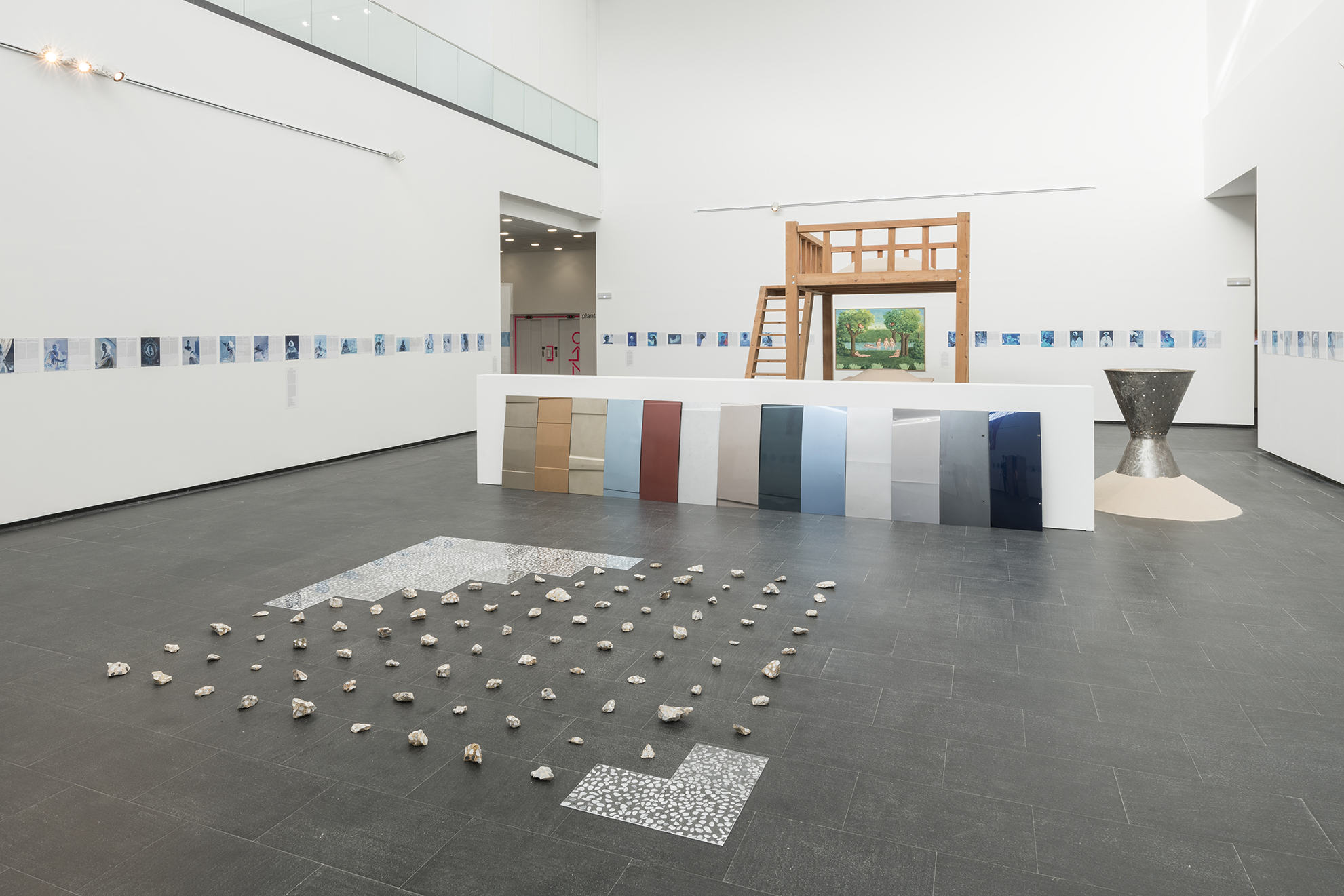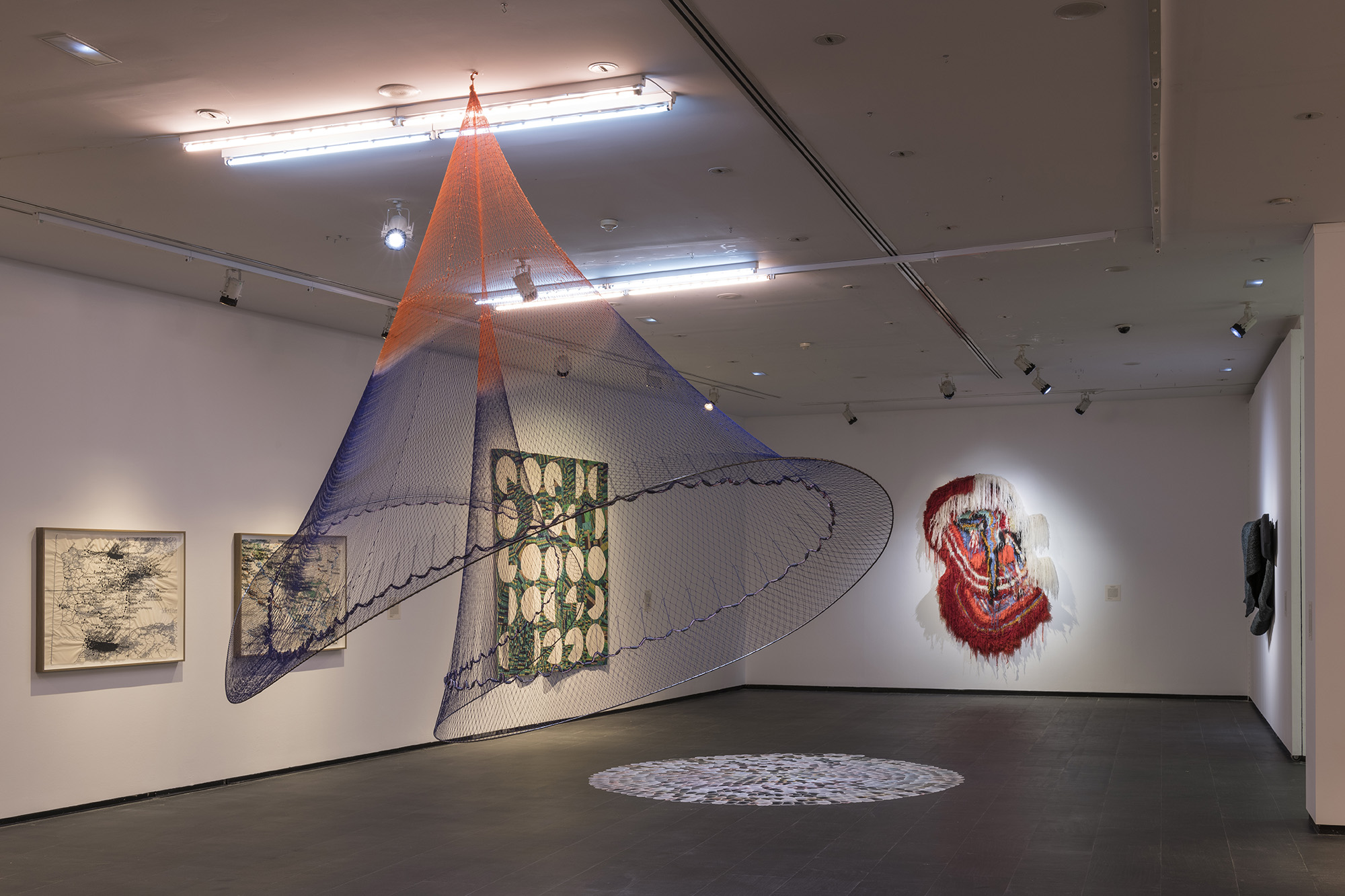The background on which this exhibition is literally outlined is the work De entre las muertas [From the Dead] (2020) by the artist Diana Larrea, who has traced the margins of History of Art to restore forgotten genealogies of women artists from the Renaissance up to the beginning of the 20th century. These women artists are joined by other ones from younger generations enabling us to think in the present tense.


